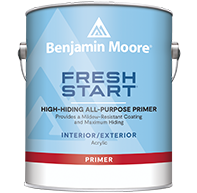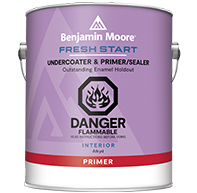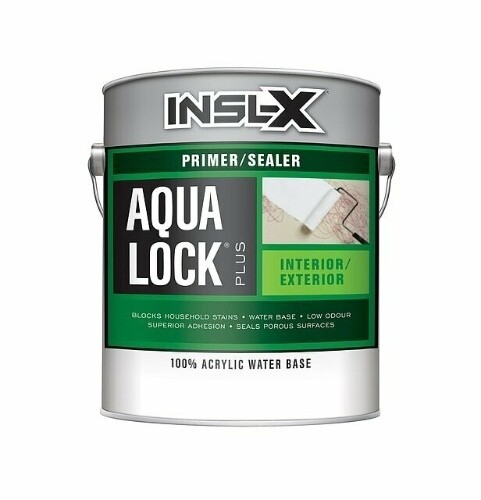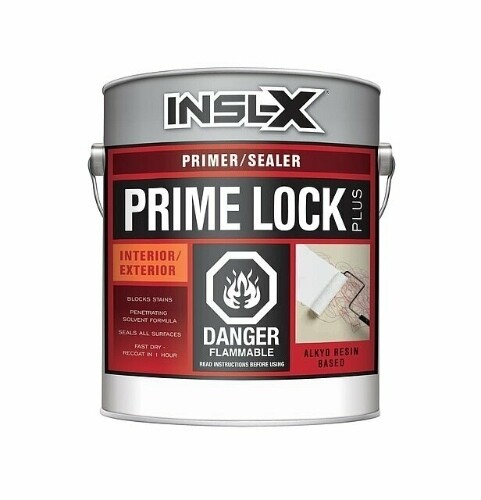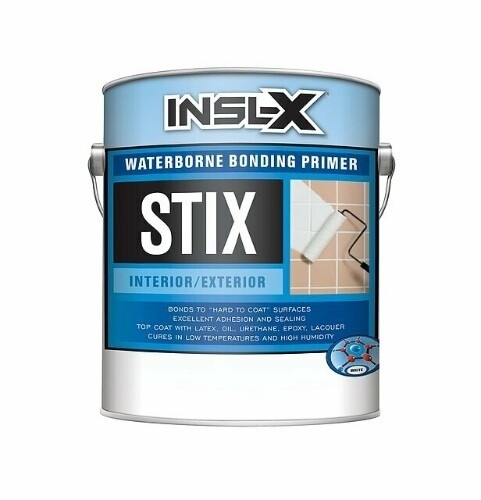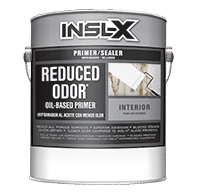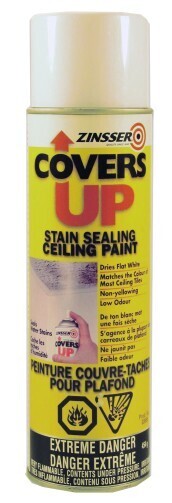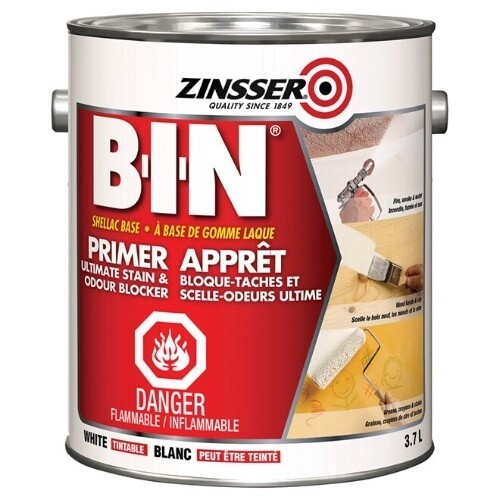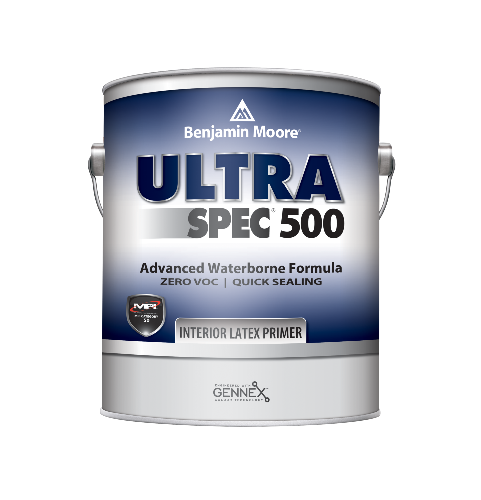Primer Paint For Interior Walls
Primer provides the foundation for ultimate paint adhesion. It helps seal porous surfaces that can absorb paint and cause patchy, unattractive finishes and creates a smooth, uniform look while blocking tannin, grease, water, and smoke stains that may bleed through topcoats. The result? A professional, polished look that resists peeling, chipping, and fading for years to come.
Paint Primer FAQs
Here are the most popular questions regarding paint primer.
Does primer paint help hide imperfections?
Primer helps hide dents, cracks, and holes by filling them in, making them less noticeable, and providing a smooth surface for paint adhesion.
Does priming reduce how many paint coats I need?
Adding a base coat means completing your painting project in fewer coats without sacrificing longevity or quality and reducing the need for touch-ups or re-painting.
Should I always use primer paint for interior walls?
In some cases, you can skip the primer, such as painting over similar finishes that are dry, clean, and in good shape, like latex to oils or latex to latex. But you should always use a primer to:
- Enhance adhesion
- Block stains
- Paint white over deep, dark colours
- Resist alkali and efflorescence
- Fill porous surfaces
- Provide corrosion resistance
Choosing the best primer paint for interior walls depends on the surface and paint type.
Note: On-screen and printer colour representations may vary from actual paint colours
All Rights Reserved | Benjamin Moore & Co. In Partnership with CCC


